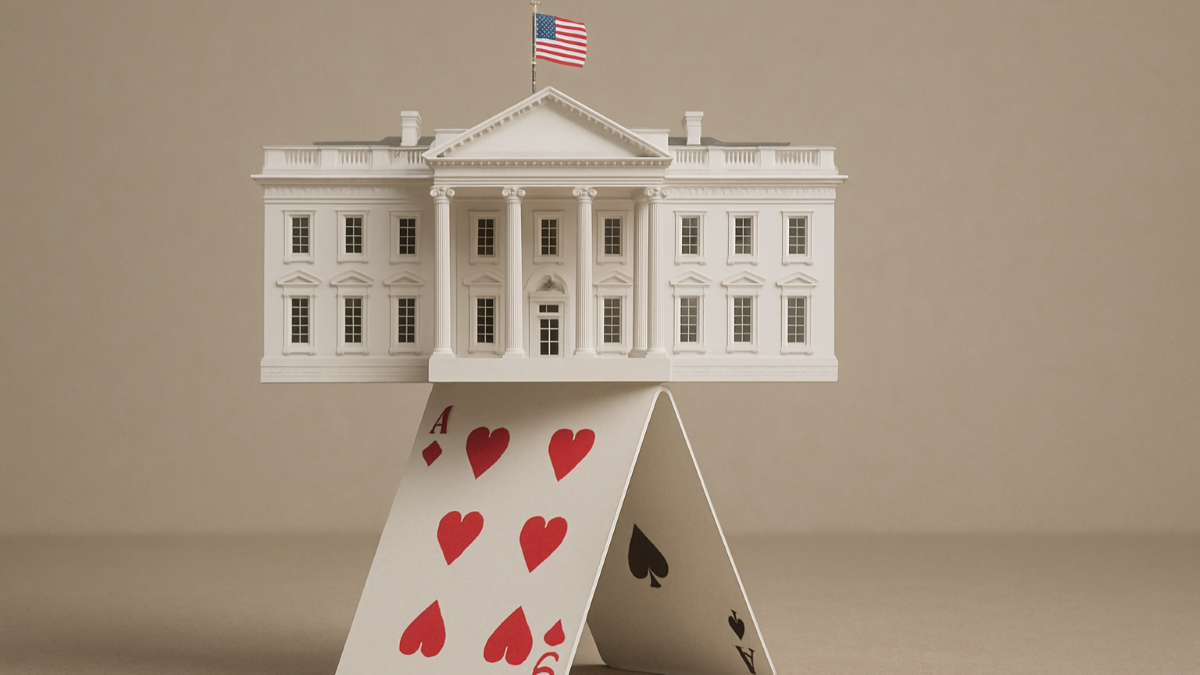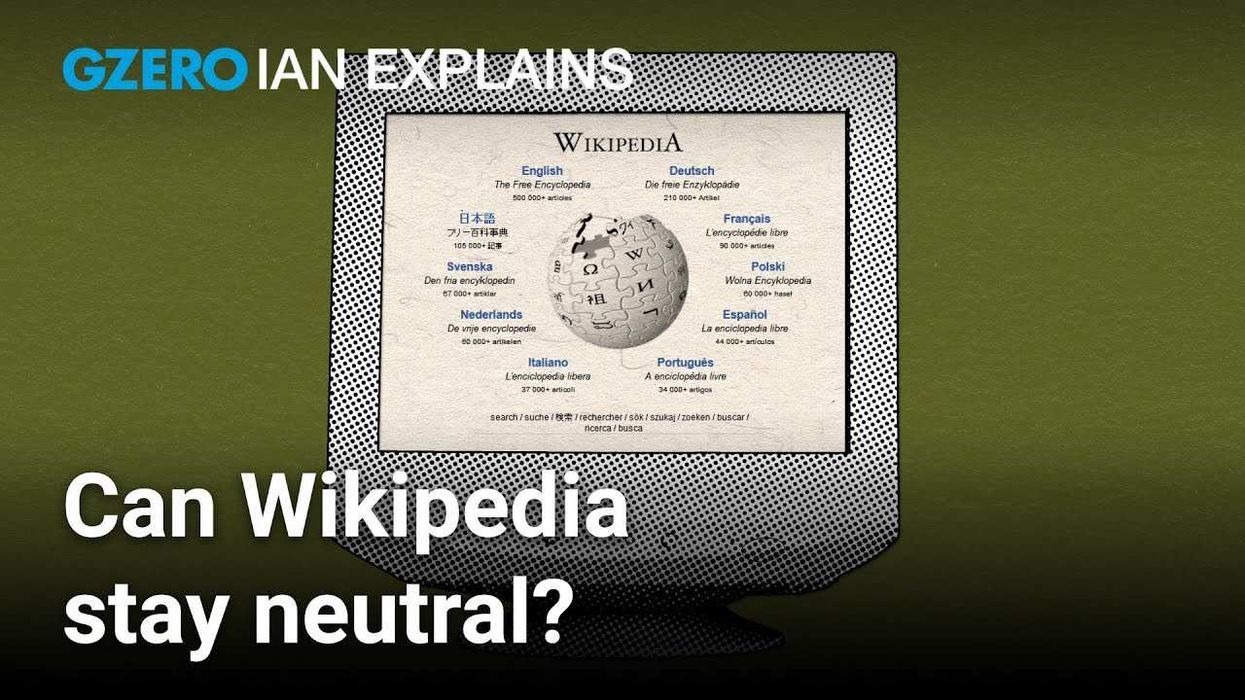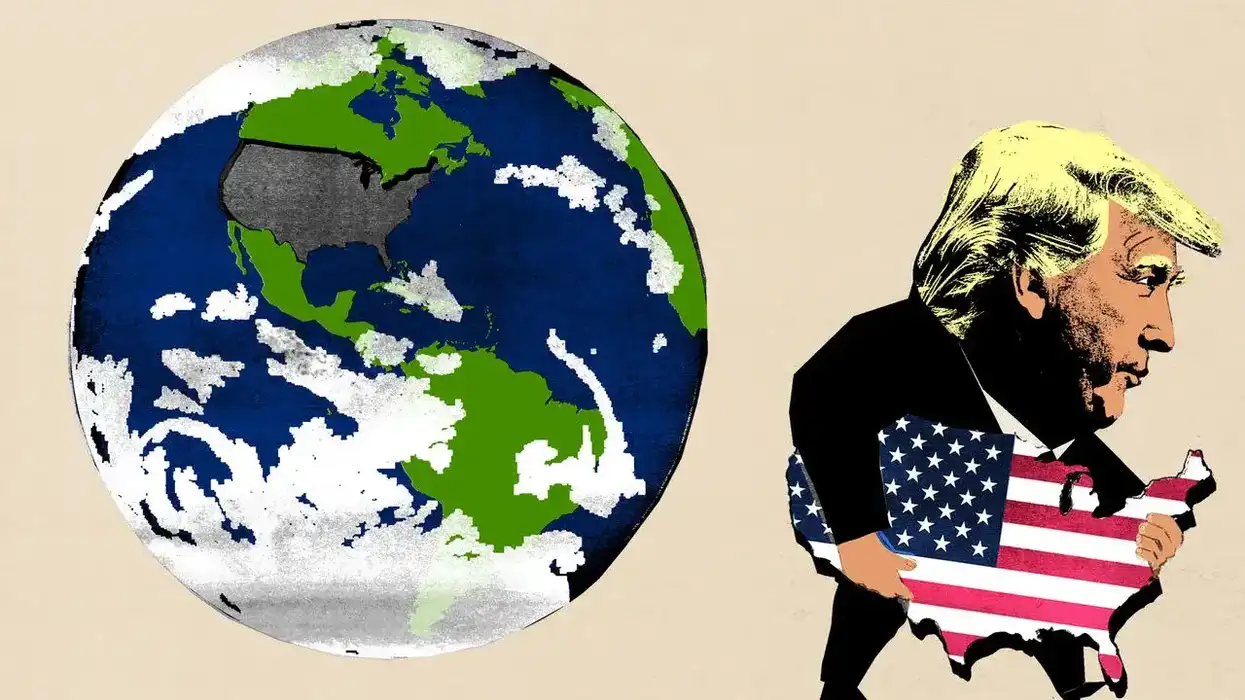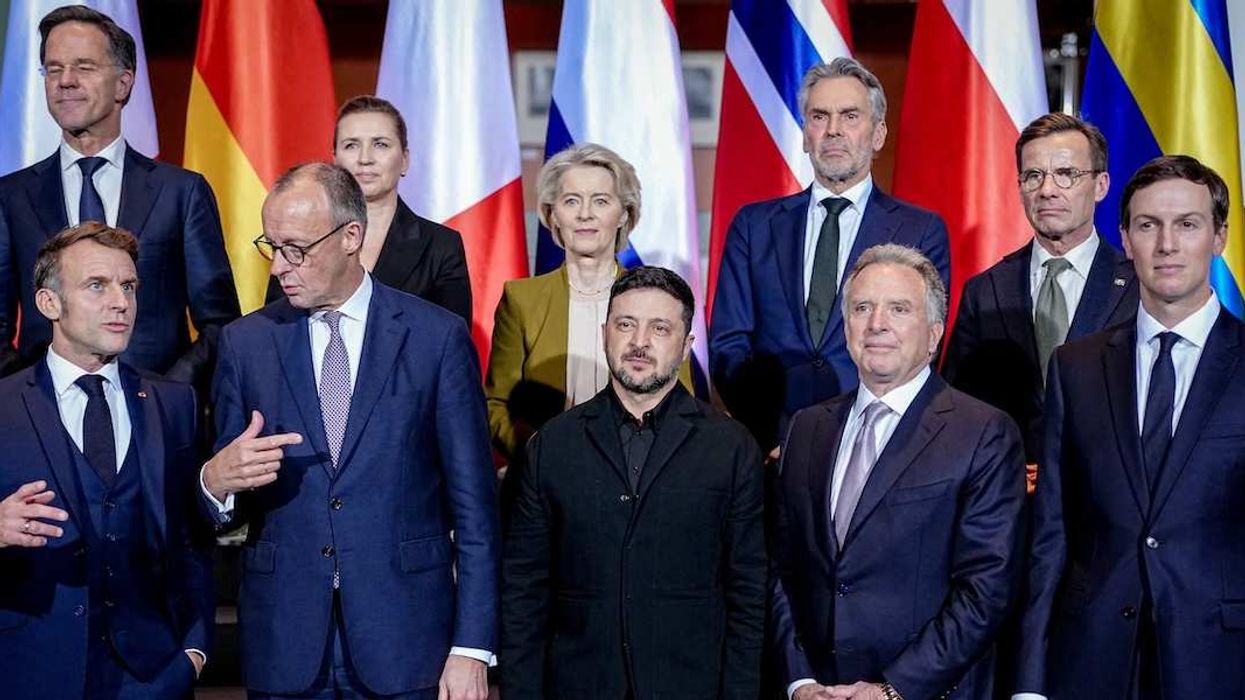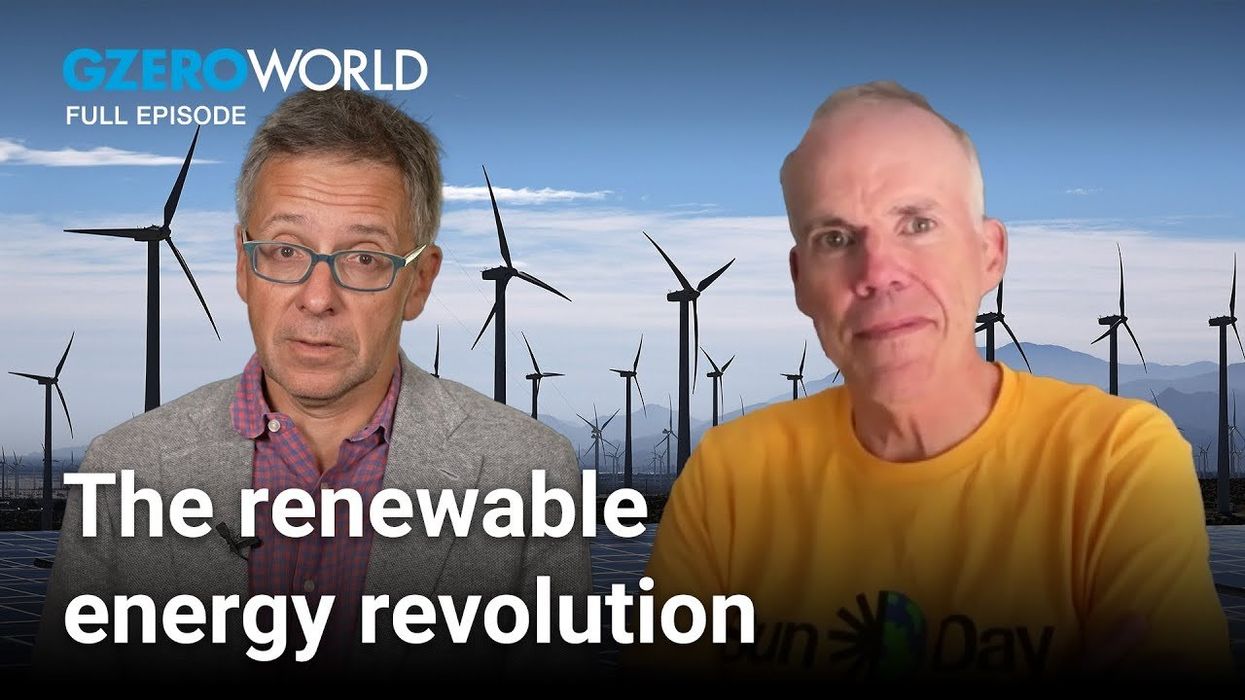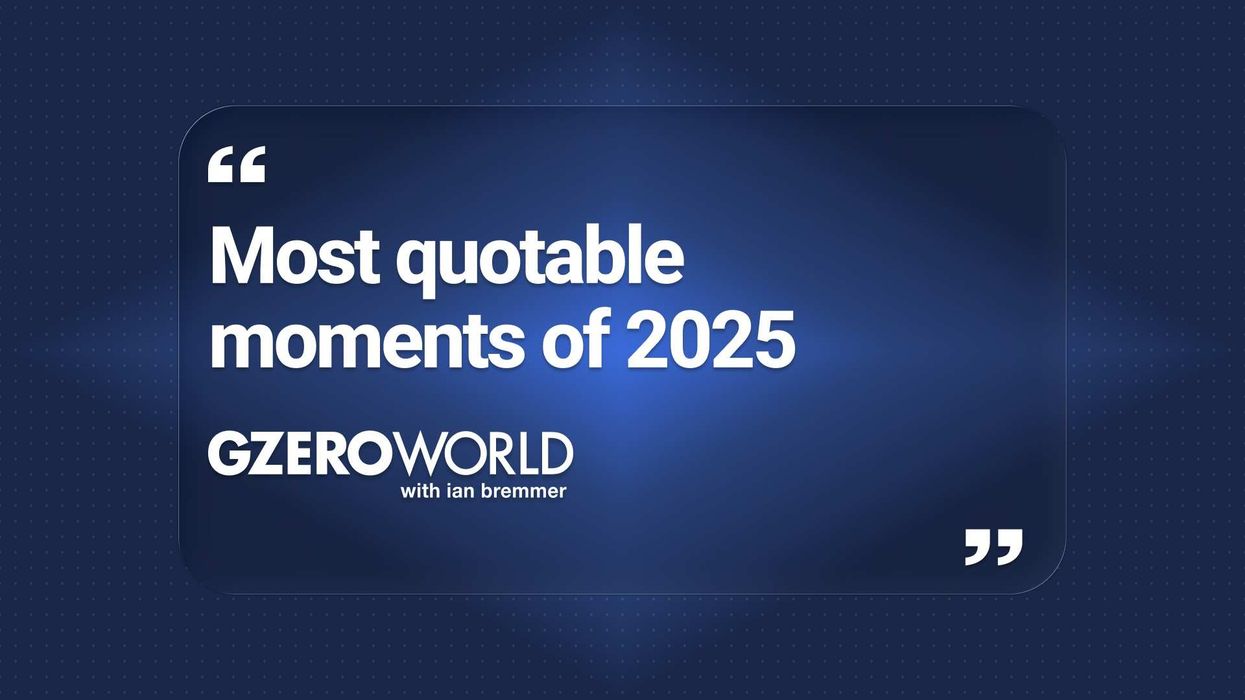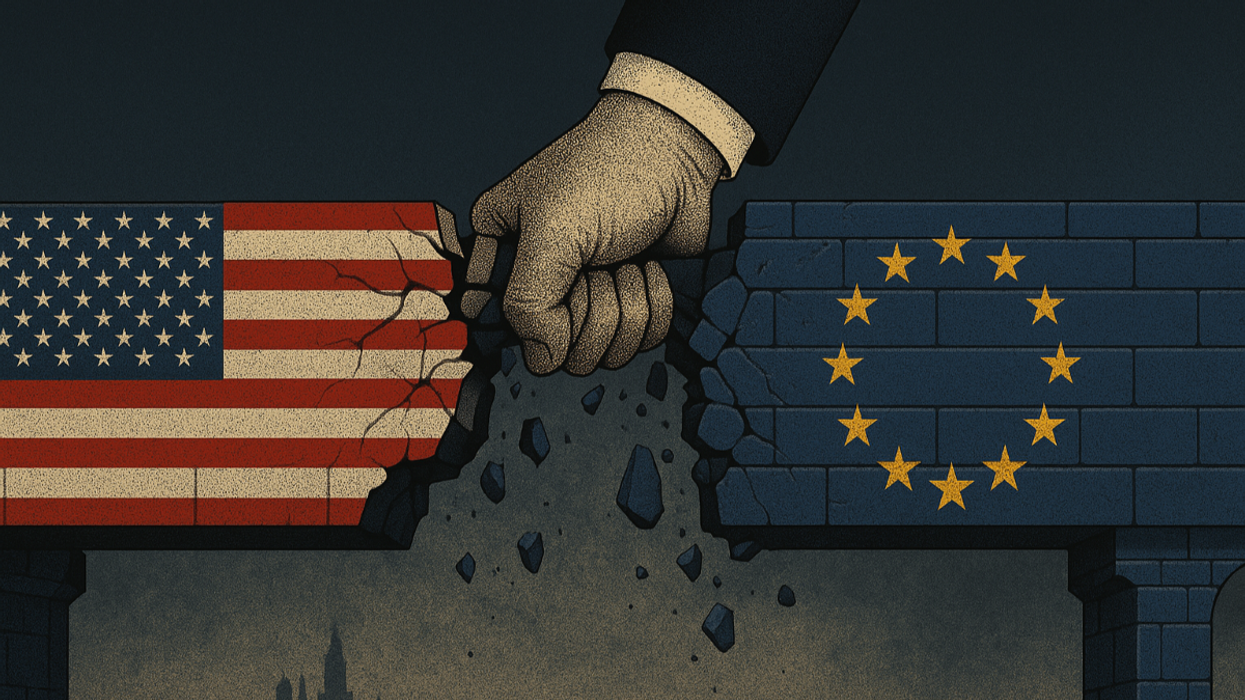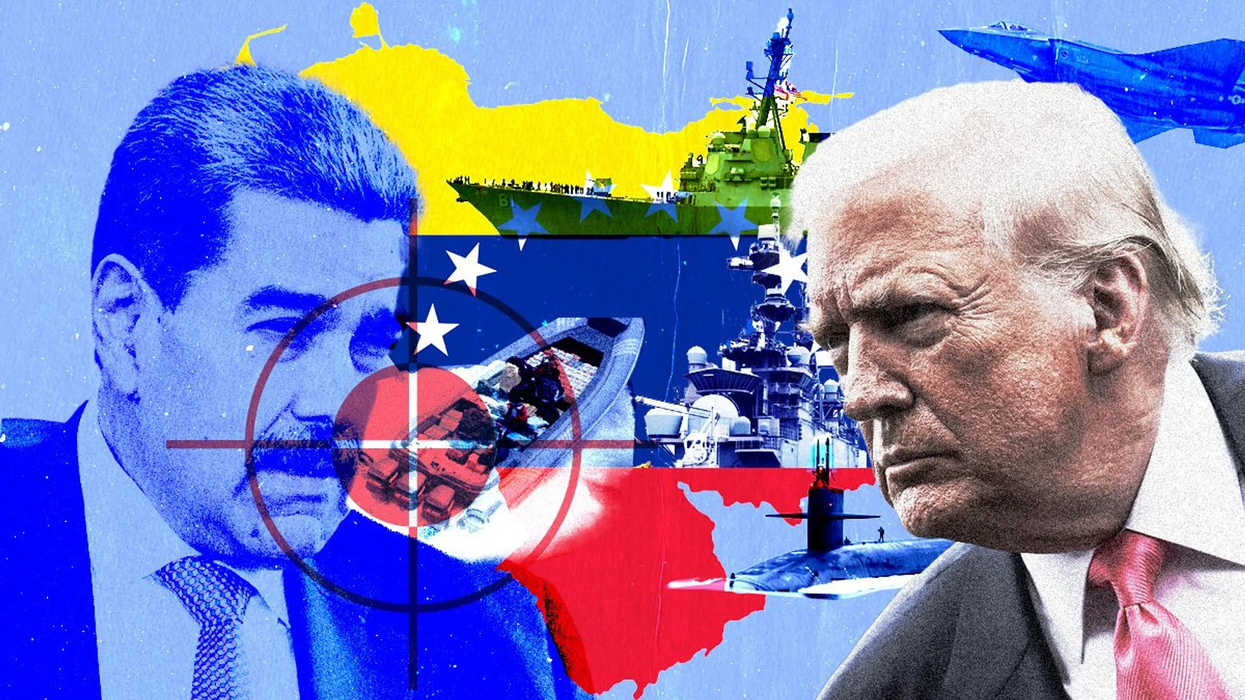The United States is #winning.
At least that’s how it looks if you’re tracking the economy, market indices, or the parade of countries lining up to cut deals with President Donald Trump. Asian and Gulf countries have pledged trillions of dollars in foreign direct investment in the US during the Trump presidency. The United Kingdom, the European Union, and several Southeast Asian nations have offered non-reciprocal trade deals. Canada folded on its plan to impose a digital services tax. Japan made unilateral concessions on automotive tariffs and Nippon Steel. European pharmaceutical companies are relocating production stateside to avoid punitive tariffs. Consumer confidence may be in the doldrums, but spending remains resilient (driven by the wealthiest Americans). Combined with an artificial intelligence spending boom and massive deficit spending – enabled by the dollar’s ongoing status as the global reserve currency – markets continue betting on American liquidity and growth.
It’s a heady moment. But while the short-term picture looks strong, the United States is systematically trading long-term strategic advantages for immediate tactical gains, with the accumulating costs hiding in plain sight.
Start with immigration. For decades, the cornerstone of America’s technological, economic, and soft-power dominance has been its ability to attract the best and brightest from around the world. Talented engineers, scientists, and entrepreneurs long chose the US because it promised opportunity, freedom, openness, and meritocracy – a fair shot at the American Dream. Now, the welcome mat is fraying. The Trump administration is increasingly hostile to immigrants (whether legal or illegal, skilled or unskilled), nativist sentiment among Americans is growing, and civil liberties (especially for non-white immigrants) feel increasingly uncertain. The numbers speak for themselves: International student arrivals to the US have declined by nearly 20% relative to last year. Meanwhile, China is rolling out new visas explicitly designed to poach high-skilled workers from the United States, and Canada is plastering airports with recruitment pitches. As America becomes a less attractive destination for top global talent relative to its competitors, the long-term economic damage will compound.
Then there are the universities. Yes, many humanities departments had grown intellectually insular and politically captured. Taking on these echo chambers for fringe woke ideology was long overdue. But the Trump administration has gone much further, slashing research infrastructure at America’s (and the world’s) finest universities. These institutions are what keep America at the cutting edge of advanced science and technology and draw the most talented students globally – the ones who become tomorrow’s leading researchers, inventors, and entrepreneurs. Undermining that ecosystem will erode one of the most important pillars of the US economy at a time when public trust in science itself is declining. Growing vaccine skepticism, embrace of conspiracy theories, reflexive rejection of expertise – these aren’t just cultural quirks, they’re a structural disadvantage when competing against countries where faith in science remains strong. They’re making Americans less capable of driving the next wave of technological advances, and therefore less likely to dominate the commanding heights of the world economy and geopolitics.
Consider artificial intelligence. The United States is racing ahead in consumer-facing AI – chatbots, engagement-maximizing social media algorithms, generative tools to produce yet-more-addictive slop, ever-larger language models that claim to be one step closer to superintelligence – because that’s where the money is. But these technologies are also fragmenting society, amplifying misinformation, and possibly contributing to a kind of collective psychosis. China, by contrast, has channeled AI development away from consumer applications in favor of defense and industrial uses, which carry less risk of social fragmentation and more strategic upside.
It’s a similar story when it comes to energy. The United States has become the world’s most powerful petrostate, producing more oil, gas, and coal than any other country. That’s not inherently a problem – fossil fuels will continue to power data centers, agriculture, and heavy industry for decades to come. But the US has effectively ceded leadership on post-carbon energy to China, which already dominates battery technology, solar power, next-generation nuclear, and supply chains for critical minerals. Washington is doubling down on hydrocarbons while letting the future of energy pass it by.
Or take trade policy. The Trump administration is imposing the highest US tariffs in a century – including on major allies, on countries with no bilateral trade imbalances, and on sectors where America lacks capacity to ramp up domestic production quickly enough to avoid shortages or inflation. Following Trump’s Oct. 30 meeting with Chinese President Xi Jinping – which put escalation on hold for a year and lowered fentanyl tariffs on China from 20% to 10% in exchange for politically-sensitive soybean purchases – the effective US tariff rate on Chinese imports now sits at 32%, close to the rate on ASEAN countries and lower than on its strategic partner India and South America’s largest economy, Brazil, which actually runs a trade surplus with the United States.
The cumulative result is a roughly 17% regressive tax on American businesses and consumers, which are forced to pay more for intermediate inputs and final goods. Paired with a sharp turn toward industrial policy and state capitalism, the US is moving away from the free-market principles that made its economy so competitive in the first place. Targeted government intervention in select sectors (e.g., semiconductors, banking) can sometimes be justified on specific grounds (e.g., national security, financial stability), but history shows that broad protectionism and state direction tend to make economies less, not more, dynamic over time.
This short-term thinking extends to geopolitics. As I wrote last week, most countries are prepared to give the US wins – some pyrrhic, some significant – to avoid open conflict. But these same countries are also working to ensure they’re never in that position again. The EU has finalized trade agreements with Mexico, Indonesia, and the South American trading bloc Mercosur. Brazil is deepening economic ties with Europe, China, and Canada. India is working to stabilize relations with China while accelerating infrastructure projects that reduce its dependence on US markets. Saudi Arabia has signed a nuclear deal with Pakistan to hedge against future security neglect from Washington.
These moves aren’t costless – they require years of political capital, billions in investment, and new institutional architecture. Once built, they’re hard to reverse. But countries have learned the hard way that US policy can change course every election cycle with little in the way of policy continuity or long-term strategic planning, and they’re building alternatives now while accommodating Washington in the short run. Every four years, there’s a 50/50 chance that everything – not just the winners and losers but the rules of the road – shifts. Gone are the days when politics ended at water’s edge. That structural volatility reduces American leverage over time, even as it delivers wins for the world’s largest economy.
So when asking whether the United States will retain its lead over its allies and adversaries, the answer depends on the time horizon. Short-term? Absolutely. America remains by far the world’s most powerful country, so there’s a lot of room for damage before structural decline sets in. Moreover, artificial intelligence is about to change everything, and the US is one of only two games in town (China being the other) and still the preferred partner for most of the West and parts of the Global South.
But long term, the trajectory is troubling. The historical advantages the United States enjoyed over its peers – better physical and institutional infrastructure, superior demographics driven partly by immigration, public tolerance for inequality undergirded by perception of meritocracy, greater capacity for deficit spending – are all heading in the wrong direction, arguably unsustainably so. China, despite being in a weaker overall position, is doing what it can to exploit these shifts. And while Beijing faces severe structural challenges of its own, it benefits from the increasingly accurate perception that it takes the long view while America chases the next election.
Perhaps most worrying is the one thing everyone in a deeply divided America now agrees on: that the country’s biggest threat is domestic. They just disagree on who that threat is. That kind of inward turn ensures the bulk of the national energy and focus will remain on fighting internecine political battles rather than making the deeper, patient investments – in people, institutions, research, and infrastructure – required to keep the United States competitive a generation from now.
America is giving up long-term leadership in exchange for short-term wins. The question isn’t whether the United States will pay for this addiction to immediate gratification. It's only when the bill will come due – and how much it will cost.
